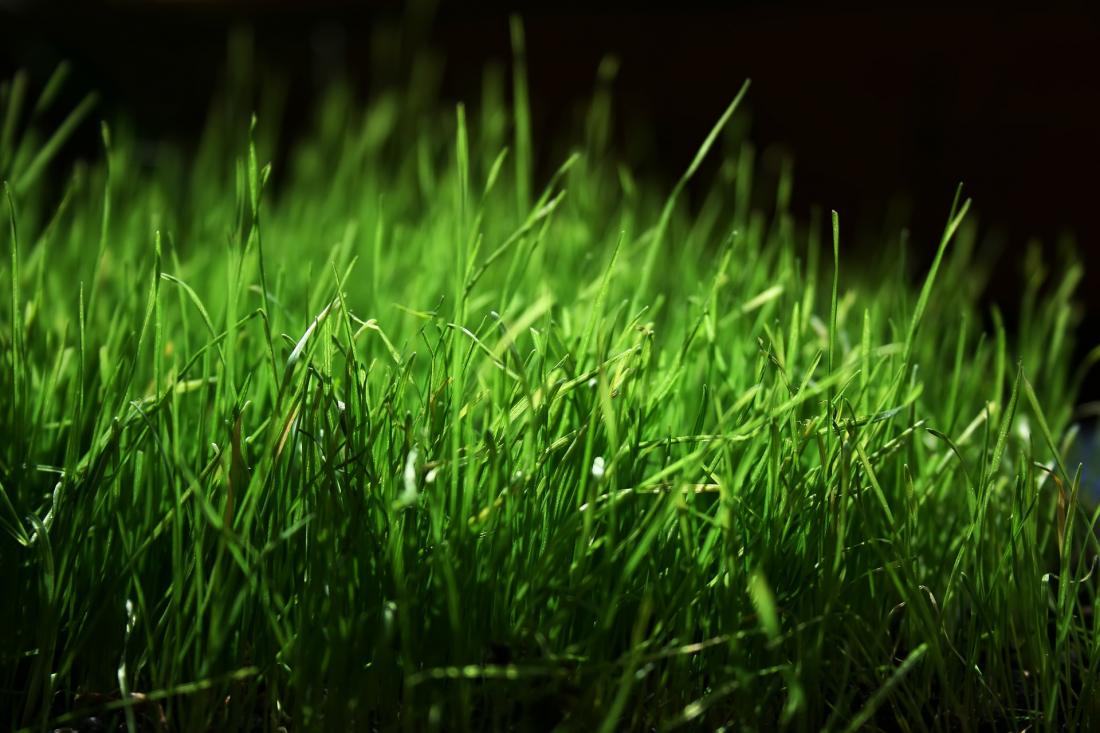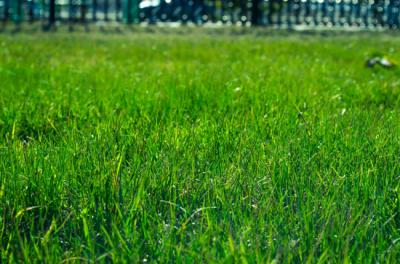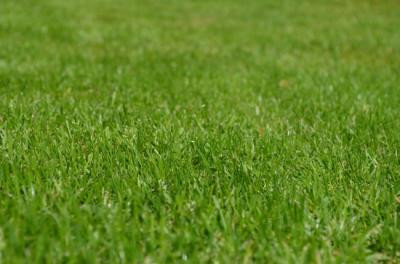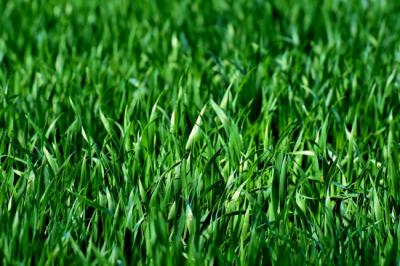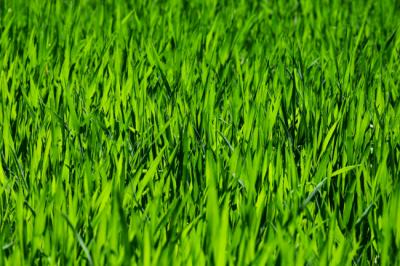When you think of installing or laying sod in the winter weather, you must wonder if it’s going to grow? It won’t make it, perhaps! But the odds are in your favor, and it’s definitely going to make it. When planning to lay sod in winter weather, you might have moved to a newly constructed house, and the winter weather coincides with the move. Laying sod on the landscaped bare dirt will prevent soil erosion, thanks to its sturdily established root system. Winter is typically the best time to install winter-tolerant sod because it offers plenty of time to complete the rest of your project.
Moreover, the water requirements are lesser in winter, too, giving your sod the moisture it needs to keep the soil moist for the new grass. But keep an eye out for freezing! Sod mimics the temperature of the air, so if the air is too cold, the sod could end up freezing. As a result, the grass gets damaged. Hence, it’s best to ensure you’re watchful of this. Atlanta Sod Farms has compiled this blog to help you figure out how to install sod in winter, the types of sod you can use, and much more.
Sod Types Ideal for Winter
Warm-season varieties of turf, such as Zoysia, Centipede, and Bermuda grass, are dormant in the winter season, but you can still lay them on the bare soil of your lawn. Despite being dormant, they still prevent erosion and muddy areas during winter. Another variety is Tall Fescue, and winter or fall is considered the ideal season for laying this type of grass. If you choose the best sod variety wisely, it will just work for you. Most varieties of sods are harvested year around. Here are our top picks for the sod that’s best for winters in Atlanta.
-
Meyer Zoysia: This meyer zoysia grass comes with amazing wear, shade, and drought tolerance. It is dense, making it easier for the turf to prevent weed invasion. The dark green color enhances your lawn’s visual appeal and is pleasant to the eyes.
-
Tall Fescue: The best part about this grass is shade and winter tolerance. If you live in a low-sunlight area, this is what you’re looking for. It’s quick to germinate and grows in all kinds of soils (nearly).
-
Jamur Zoysia: If you’re looking to plant dormant sod in winter, Jamur Zoysia comes in handy. Its blue-green color makes it undeniably aesthetic, and its extensive root system is the best for recovery.
Measuring Lawn Area and Preparing Soil
You can measure your lawn area and calculate the amount of sod you will need Length x Width = Amount of Sod Needed Kill off any existing grass and weeds, and then till up your lawn to a depth of 4 to 6 inches. Remove vegetation, if any, level out the soil in your lawn area, and use some recommended fertilizer or organic compost.
Laying the Sod
When you’re starting to lay the sod, dampen the area first. You can start from the straight edges of your lawn area and lay sods in a brick-like pattern. If there happens to be a slope or some high areas of your landscape, lay the sod rolls perpendicular to the slope. This will help the sod to take roots quickly and stay in place as well as prevent soil erosion. Roll your sod using a sod roller that you can easily arrange from your local equipment rental. You can fill the roller with water and roll it forward and backward in a pattern like that of a grid. This will help prevent winter damage to the roots by preventing them from drying out. If the sod is rolled and watered properly until it takes root, even freezing temperatures are not going to cause any damage to it.
Watering Your Sod Through Winters
You will need to water the sod as soon as you lay it. This applies to all kinds of sods that could be installed in the winter season. Even if your sod is dormant for the winter weather, you must keep it moist until it takes roots and greens up again in the upcoming spring. Keep an eye on the weather and your newly installed sod as well. A cold, dry wind can make the roots of your sod dry and desiccate your lawn!
Conclusion
To sum it all up, the type of sod you select is of utmost importance when you’re considering sod installation in winter. You don’t want to invest time, energy, and money into something that won’t be fruitful. Hence, do your research beforehand or contact experts like us to ensure that the type of sod you choose is wise! Moreover, ensure the ground’s not frozen when you install sod because that leads to damaged grass. Remember, winter sod may have drought tolerance, but it will not survive if you won’t water it regularly. Hence, during the first few weeks after installation, make sure you’re watering it sufficiently. Not too much, not too little. Last but not least, be patient. You’re dealing with nature. It’s going to take time. Sometimes, it may even take up to 3-4 weeks for the sod to establish itself. But it will happen. Just be consistent with its upkeep and hold onto patience. If not, you can always contact sod providers like Atlanta Sod Farms to get the job done for you!


